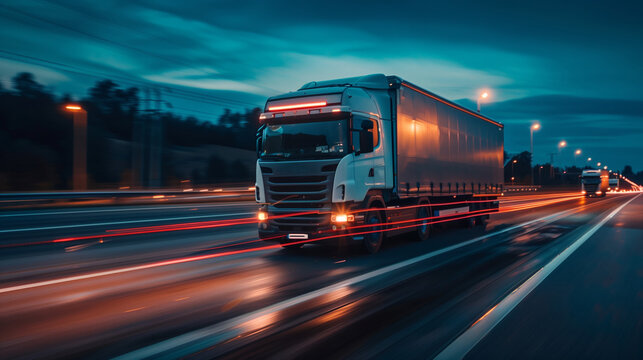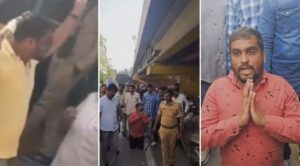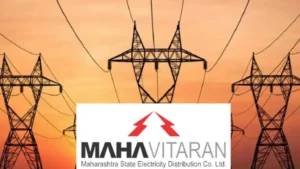India’s New Expressways Bring Speed, Safety—but Leave Truckers Lonely and Tired

India’s New Expressways Bring Speed, Safety—but Leave Truckers Lonely and Tired
Jaipur/New Delhi: As India races ahead with its highway infrastructure, truck drivers navigating the country’s newly-built expressways are experiencing a quiet transformation—marked by speed, safety, but also solitude and new risks.
On the Delhi-Mumbai Expressway, one of India’s most ambitious infrastructure projects, trucker from Alwar steers his vehicle through the night. “It’s smooth and saves time, but the long, empty stretches make me sleepy,” the 30-year-old says, highlighting a new kind of fatigue drivers are grappling with.
Trucker, part of a family of truckers, has been on the road for over 15 years. Like many drivers, he recalls the challenges of old highways—chaotic traffic, endless clutch-and-brake routines, and encounters with roadside tea stalls, police checks, and dhabas. The new expressways, by contrast, are clean, fast, and efficient—but also isolating and monotonous.
Over the past decade, India has built a vast network of expressways—growing from just 93 km in 2014 to over 2,400 km in 2024. The government plans to expand this to 50,000 km. These roads are celebrated as signs of a “Viksit Bharat” (Developed India), often showcased in political and investment forums.
However, drivers say the transformation is bittersweet.
“Earlier, we used to travel in groups, sleep in the forests, and face dacoits and thugs. But today, we barely stop, and drive alone,” says a veteran trucker from Rajasthan. While the danger has reduced, so has the sense of camaraderie.
The expressways have eliminated many of the older risks. Police harassment, roadside extortion, and vigilante violence—especially from cow protection groups near regions like Alwar and Nuh—have lessened on these high-speed corridors. Surveillance cameras and restricted access points keep most troublemakers away.
Yet, the smooth stretches also introduce new hazards. Some drivers, exhausted from long hours, dangerously place bricks on accelerators or even drive under the influence. “The freedom of speed is often misused,” admit fellow truckers.
Operationally, things are improving. Drivers report better mileage, lower wear and tear, and reduced back pain from bumpy rides. However, high toll costs continue to be a burden.
Despite the challenges, truckers remain hopeful. The Delhi-Mumbai Expressway, still under completion, has already cut travel time between major cities like Jaipur and Delhi by two hours.
While expressways symbolize modern India’s drive towards efficiency, truckers say there’s still a long way to go in making life on the road more humane and sustainable.











